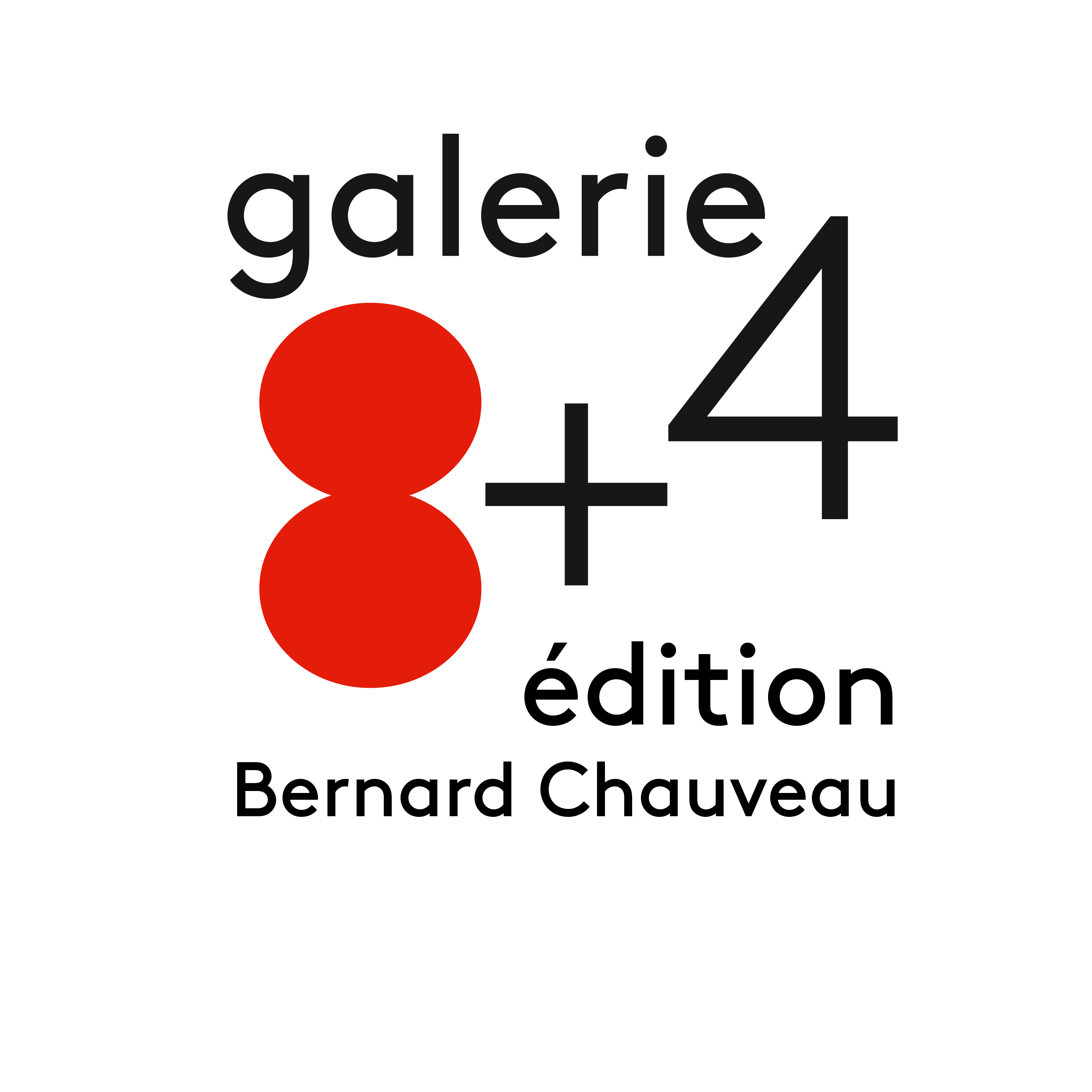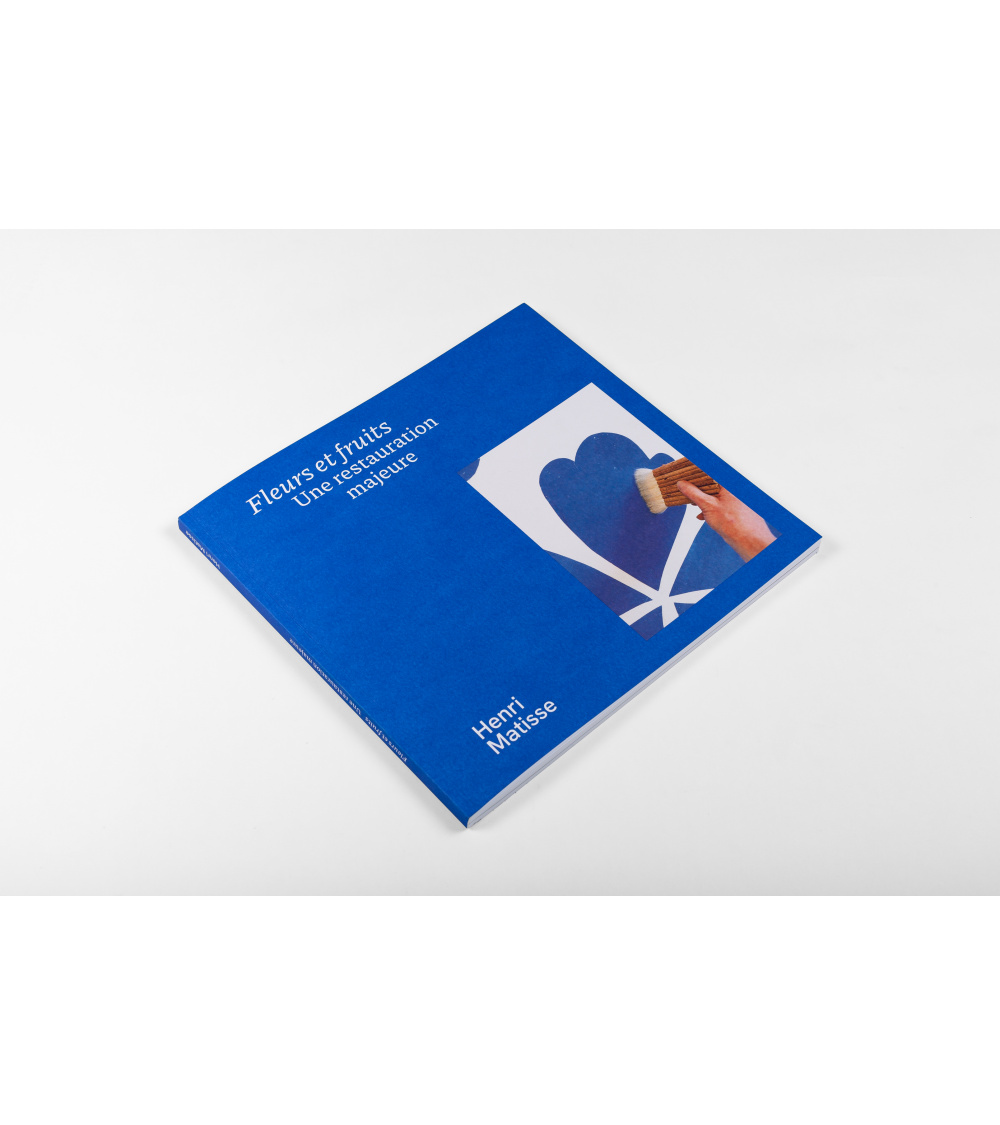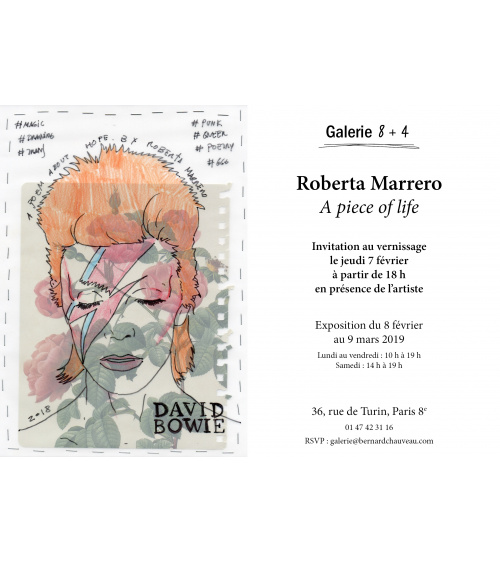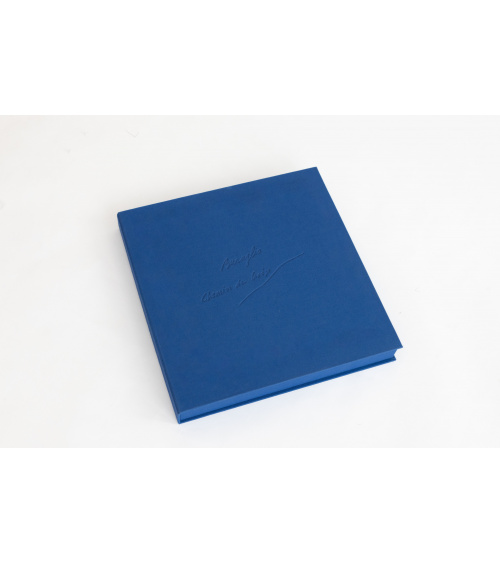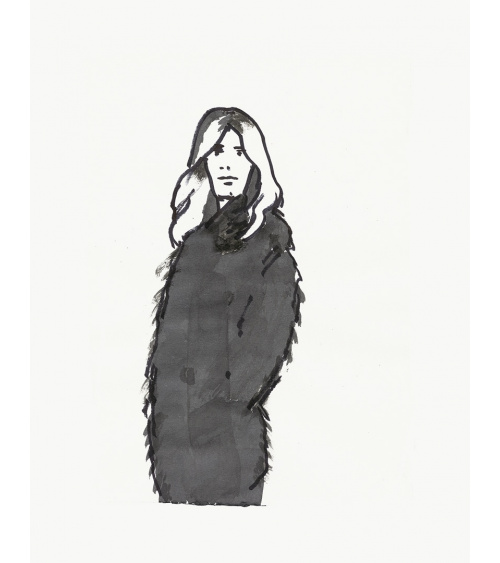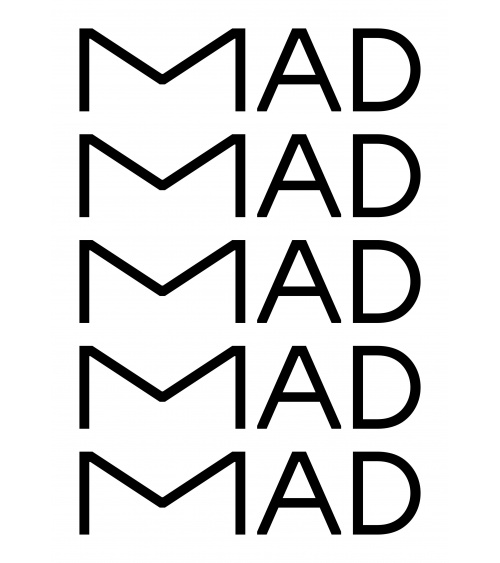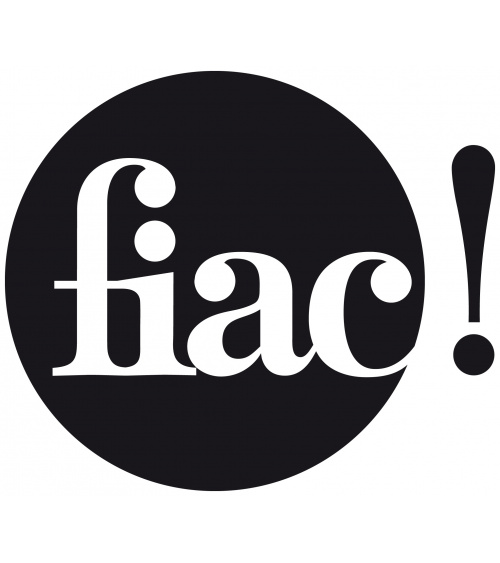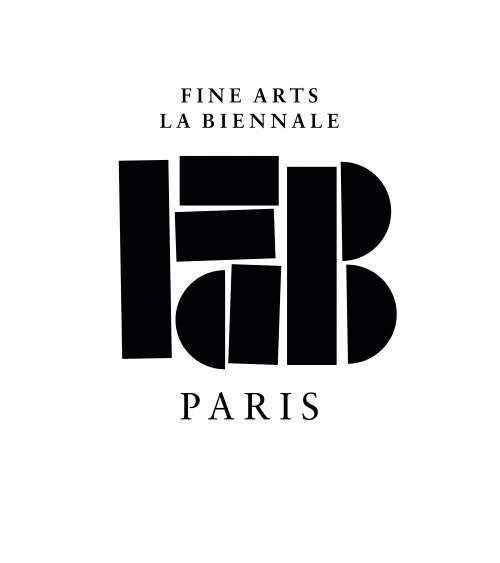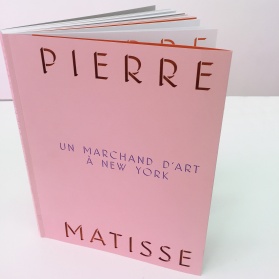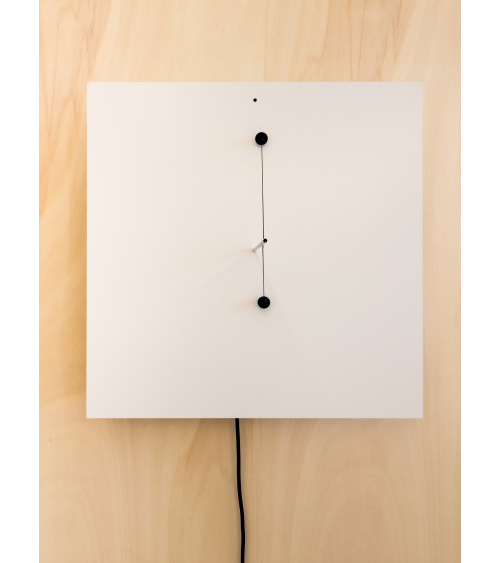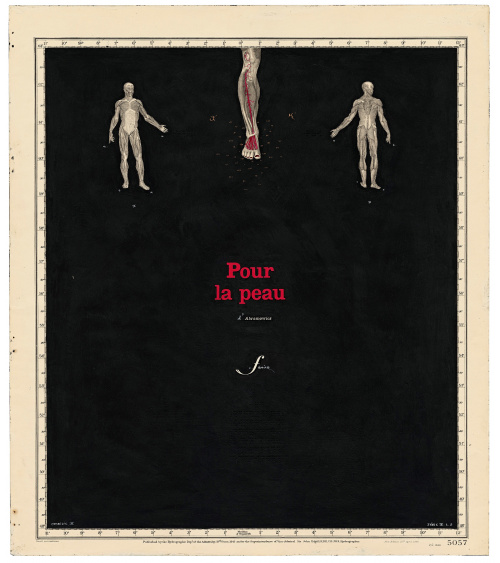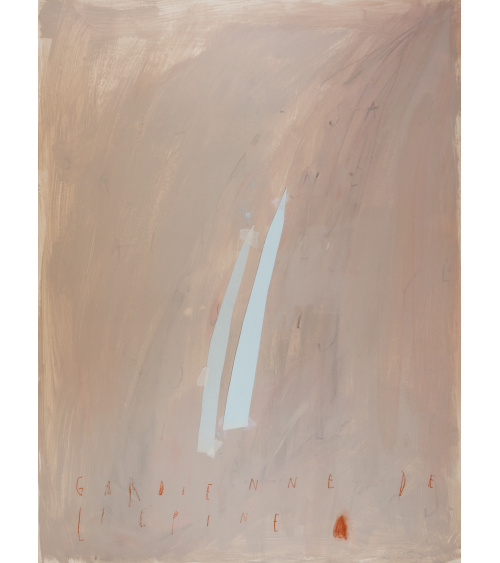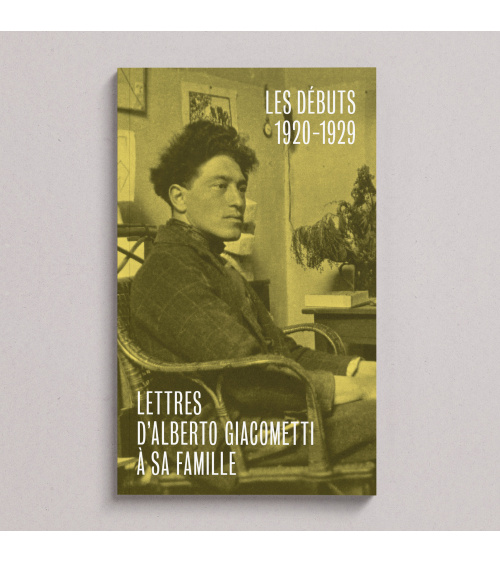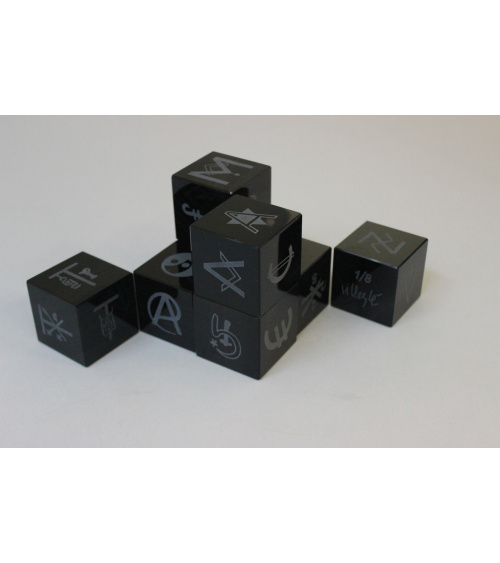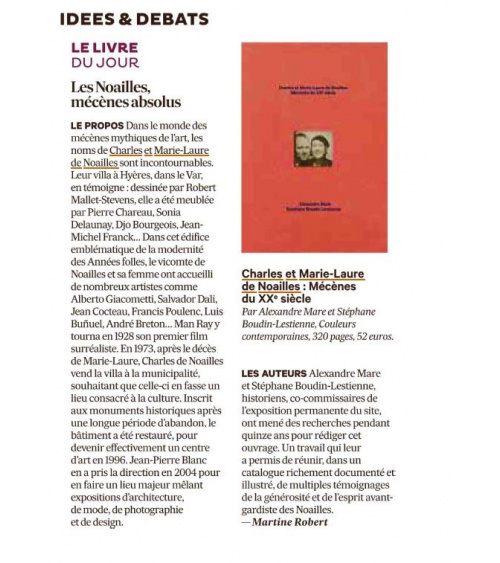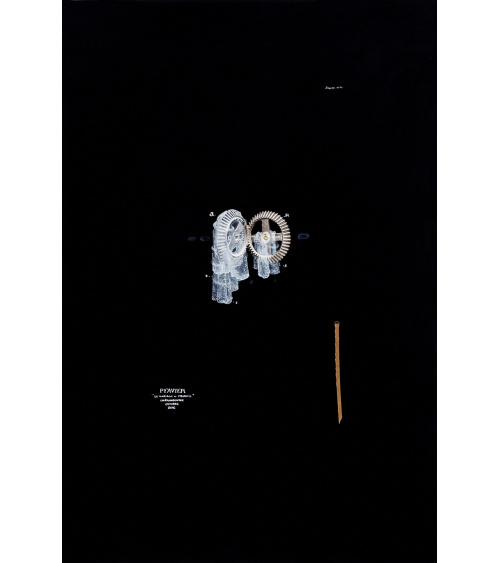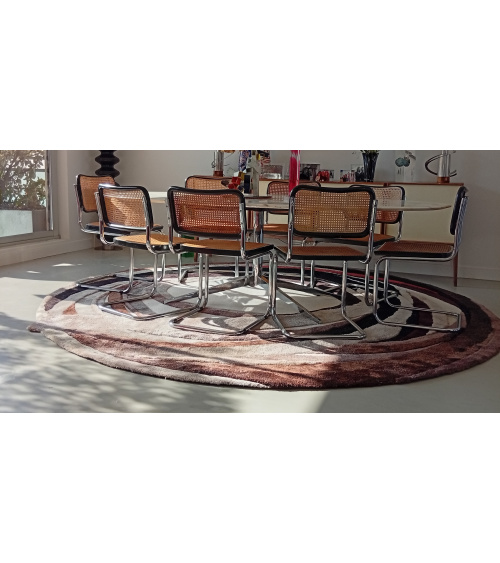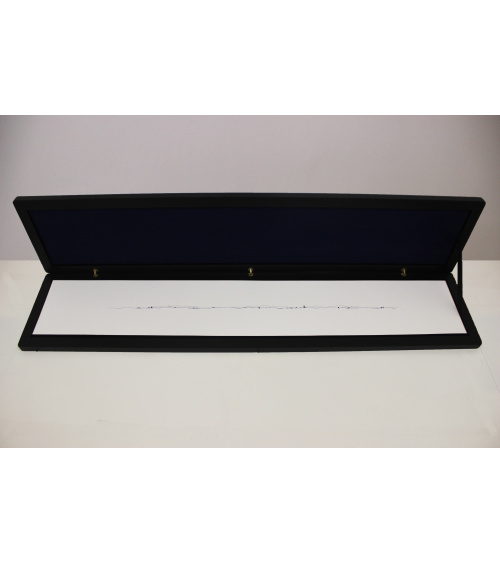Henri Matisse, Fleurs et fruits. Une restauration majeure
Fleurs et fruits is a monumental composition of cut-out gouache papers created by Henri Matisse (1869-1954) two years before his death. Bequeathed to the City of Nice by Amélie Matisse in 1958, it is the largest cut-out gouache in French collections and an exceptional testimony to what is considered the apotheosis of Matisse's work.
On the occasion of its exhibition at the National Art Center in Tokyo, as part of a unique "hors les murs" of the Musée Matisse collection organized by the Yomiuri Shimbun, a vast restoration project was carried out on this large cut-out gouache, as well as its installation in a new custom-made display case, guaranteeing its preservation for future generations.
The book retraces this adventure. It opens with an essay by Anne Coron, an art historian specializing in Matisse's cut-out gouaches, who carried out an in-depth investigation of Fleurs et fruits, and then gives the floor to the players who made the work's new presentation possible (the museum's conservation team, heritage restorers, vitrine manufacturer, fitters, etc.). It also looks back at the scientific analysis campaign carried out by CICRP engineers, which has opened up new avenues of research into gouache-cut paper, a fragile medium that is still too little studied from a technical point of view.
Richly illustrated, this book is aimed at professionals and amateurs alike, curious to discover the secrets and challenges involved in conserving a masterpiece.
Data sheet
- Number of pages
- 84
- Size
- 24 × 25 cm
- ISBN
- 9782363063519
- Technique
- Paperback
Matisse (Henri)
Henri Matisse was born December 31, 1869, in Le Cateau in northern France. Over a six-decade career he worked in all media, from painting to sculpture to printmaking. Although his subjects were traditional—nudes, figures in landscapes, portraits, interior views—his revolutionary use of brilliant color and exaggerated form to express emotion made him one of the most influential artists of the 20th century.
In his later career, Matisse received several major commissions, such as a mural for the art gallery of collector Dr. Albert Barnes of Pennsylvania, titled Dance II, in 1931-33. He also drew book illustrations for a series of limited-edition poetry collections.
After surgery in 1941, Matisse was often bedridden; however, he continued to work from a bed in his studio. When necessary, he would draw with a pencil or charcoal attached to the end of a long pole that enabled him to reach the paper or canvas. His late work was just as experimental and vibrant as his earlier artistic breakthroughs had been. It included his 1947 book Jazz, which placed his own thoughts on life and art side by side with lively images of colored paper cutouts. This project led him to devising works that were cutouts on their own, most notably several series of expressively shaped human figures cut from bright blue paper and pasted to wall-size background sheets (such as Swimming Pool, 1952).
In one of his final projects, Matisse created an entire program of decorations for the Chapel of the Rosary in Vence (1948-51), a town near Nice, designing stained-glass windows, murals, furnishings, and even sacred vestments for the church’s priests.
Matisse died on November 3, 1954, at the age of 84, in Nice. He was buried in nearby Cimiez. He is still regarded as one of the most innovative and influential artists of the 20th century.
No customer reviews for the moment.
